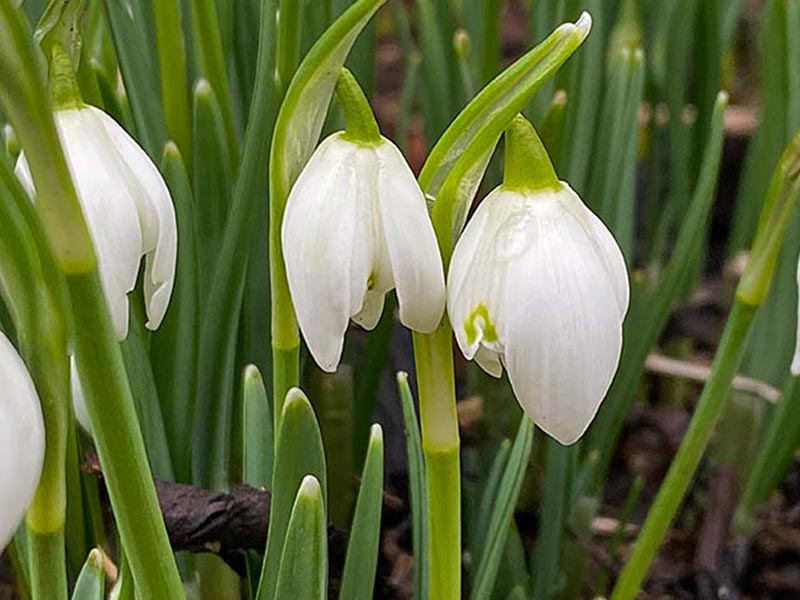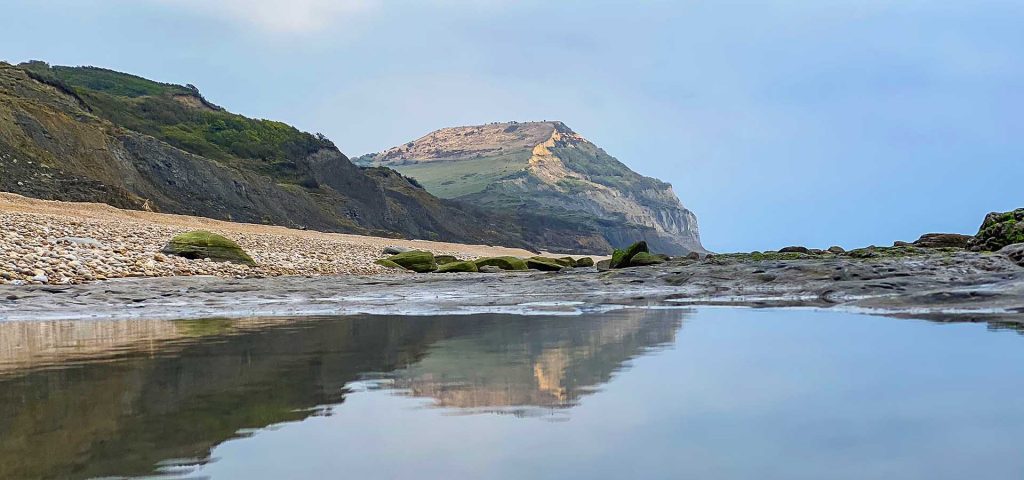40% of the county is designated as an Area of Outstanding Natural Beauty (AONB). The landscape is chalk downs, steep limestone ridges and clay valleys, and of course a remarkable coastline.

At certain times of year you can see stunning displays of snowdrops, wild garlic, bluebells, spring blossom, poppies and chalk-loving wild flowers.

It’s home to the UNESCO World Heritage Site The Jurassic Coast which begins in Exmouth, East Devon, and continues for 95 miles to Old Harry Rocks, near Swanage. Golden Cap at 191 metres is the highest point on the south coast of Great Britain. The Jurassic Coast is the perfect place to go fossil hunting to look at extinct wildlife.
The Dorset coastline has other iconic sites such as Durdle Door, Portland Bill, Lulworth Cove and Chesil Beach.
Poole Harbour is Europe’s largest natural harbour and the area is made up of lots of different habitats which provide for a stunning variety of bird life. There are Osprey’s nearby and you can watch them via a live webcam.
Brownsea Island, in the heart of Poole Harbour, is an internationally important nature reserve featuring rare wildlife, including red squirrels and wading birds. It’s a National Trust site.
RSPB Arne is the first super national nature reserve. Find out what it has to offer.
On 8 February 2021 a pair of Eurasian beavers were released into an enclosed site in west Dorset. There haven’t been any beavers in the wild in Dorset for 400 years. Beavers became extinct in the UK in the 16th century, largely because they were hunted for their fur, meat and the oil in their scent glands.
Dorset has a few waterfalls that are worth visiting – in both coastal and inland locations.